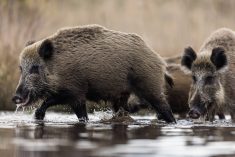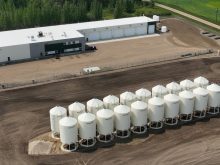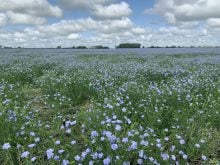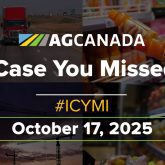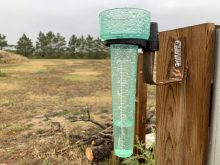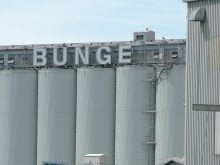A severe frost isn’t anticipated early this year, which bodes well for prairie crops, many of which are earlier than normal
Despite snowfall around Calgary and some localized frost in parts of Alberta and Saskatchewan last week, forecasters are suggesting that frost damage should not be a prevalent issue for grain and oilseed producers this harvest season.
The mercury dipped as low as -2 C in some parts of Alberta’s Peace River region early Aug. 22. It is unclear how much damage occurred but late emerging crops may have been touched in some areas, said crop specialists at Alberta’s Ag Info Centre.
Temperatures also dipped to -2 C in parts of western and southwestern Saskatchewan but it is unclear how much damage was caused to crops in those areas.
Read Also
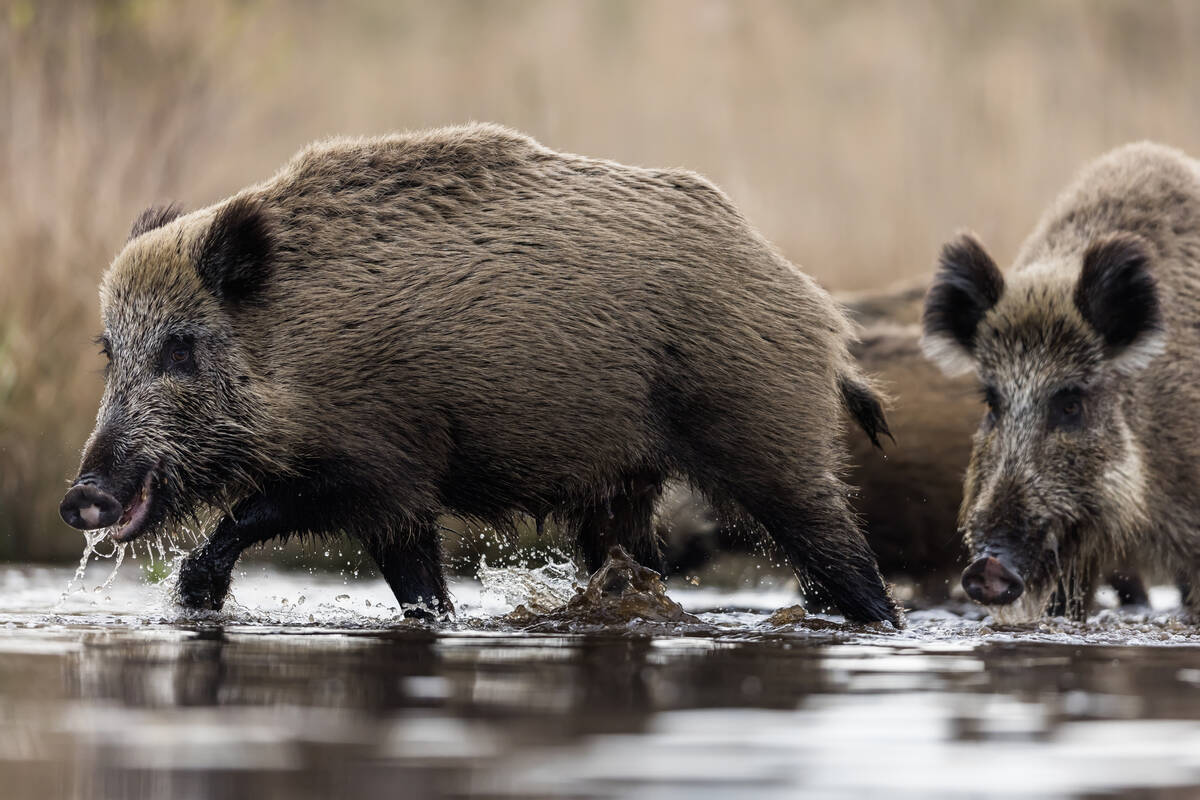
Manitoba bans wild boar possession
Manitoba has tightened the regulatory status of Eurasian wild boar in an effort to help fight back against invasive wild pigs.
Frost was also reported around Lacombe and in some parts of northeastern Alberta but damage was reported as light in most areas and impact on crops is believed to be minimal.
Looking to the longer range forecast, Brett Anderson, senior meteorologist with AccuWeather, anticipates a temperate autumn because of a “warm blob” of water in the Pacific Ocean off the coast of British Columbia.
That is leading to a high pressure system along the West Coast, which will deflect Pacific storms north into the Yukon and Alaska rather than allowing them to track west across the Prairies.
The result is a warmer and drier fall for at least the western half of the Prairies.
Daytime temperatures will be above normal, but it may become cool at night because of the low humidity levels.
“I do think our first frost freeze will be on schedule across much of the region this fall despite the warmer-than-normal pattern,” said Anderson.
Andrew Owen, meteorologist with World Weather Inc., also believes farmers can put aside concerns of an early fall frost.
“For most of them, it’s going to be near normal dates,” he said.
Northern Alberta might experience an early frost, but it should be a fairly typical year for the rest of the Prairie, said Owen.
It is good news for growers be-cause the crop is early in many regions, said Shannon Friesen, regional crops specialist with Saskatchewan Agriculture.
“We are well ahead of the game. Nine percent of the crop has now been combined (as of Aug. 17),” she said. “Our five-year average is only two percent. Our 10-year average is four percent. So we really haven’t seen this much progress since about 2007.”
She estimates the crop is at least two weeks ahead of schedule, which means minimal frost damage if the forecasters are correct. Saskatchewan’s first fall frost typically occurs during the second or third week of September.
Larry Weber, analyst with Weber Commodities, isn’t so sure crops will escape unscathed.
“I disagree just because of the amount of reseeded canola acres that went in. We’re talking like three million acres that were reseeded, and they’re late,” he said.
“All this reseeded canola needs until Sept. 15 at least with no frost.”
Weber doesn’t think the crop in Saskatchewan is as far ahead as Friesen believes. His number crunching shows the 10-year average is 6.7 percent harvested instead of four percent, so harvest isn’t that much ahead of the long-term average.
Rain is the other weather factor that farmers will be watching closely. Owen expects widespread intermittent showers throughout the harvest season.
“What we’re thinking is that it’s going to be kind of wetter than normal, so it might make harvesting obviously a little bit tougher,” he said.
However, Anderson anticipates a drier than normal fall because of the high pressure system on the West Coast.
“We do not see any real drought relief for western parts of the region through fall,” he said.
That will be particularly true for Alberta, which is the most water-deprived province.
“As you go further east, I think we’re looking at typical fall rainfall across Saskatchewan into Manitoba,” said Anderson.




